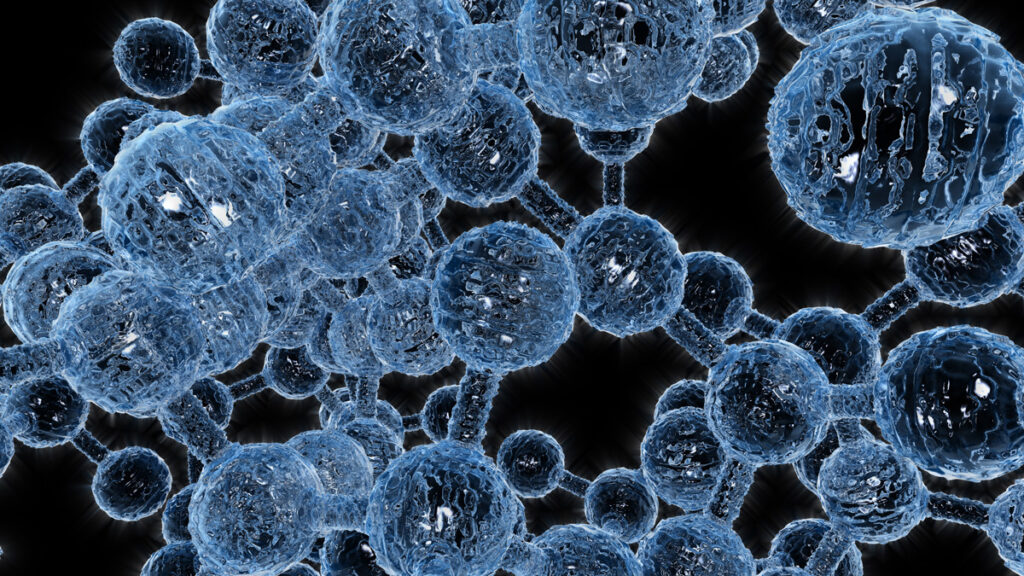Determining VOCs with GC/MS
This combination of a gas chromatography device (GC) and a mass spectrometer (MS) is used to identify a mixture of substances. This is done by first separating this mixture into its individual components using gas chromatography. In a second step, these components are analyzed using mass spectrometry. In this process, the molecules are first ionized and broken down into fragments, each of which can then be assigned a specific mass. The combination of the fragments, taking into account the (often occurring) isotope patterns, can then be used to deduce the original structure of the respective molecule. This is usually done automatically by comparison with a database.
The method is limited to molecules that are gaseous or can be vaporized without decomposition, i.e. it is usually limited to molar masses below 1000 amu.
The GC initially provides information about the number of components and – via the runtime in the column – an initial indication of the nature of the substances examined.
Suisse Technology Partners has a Zetasizer NanoZS (ZEN 3600) with NIBS (Non-Invasive Back Scatter) optics. We have qualified the method GxP.
Example applications for dynamic light scattering zeta potential
Zetasizer applications for pharma and chemistry
Characterization of nanoparticles, macromolecules (polymer or protein solutions), colloidal dispersions, pigments.
Prediction of aggregation behavior, structures, optimization of formulation stabilities and much more.
Find out more about our expertise in the field of CRO
You can find an overview of further methods from the field of chemical analysis in our encyclopedia – chemical analysis

